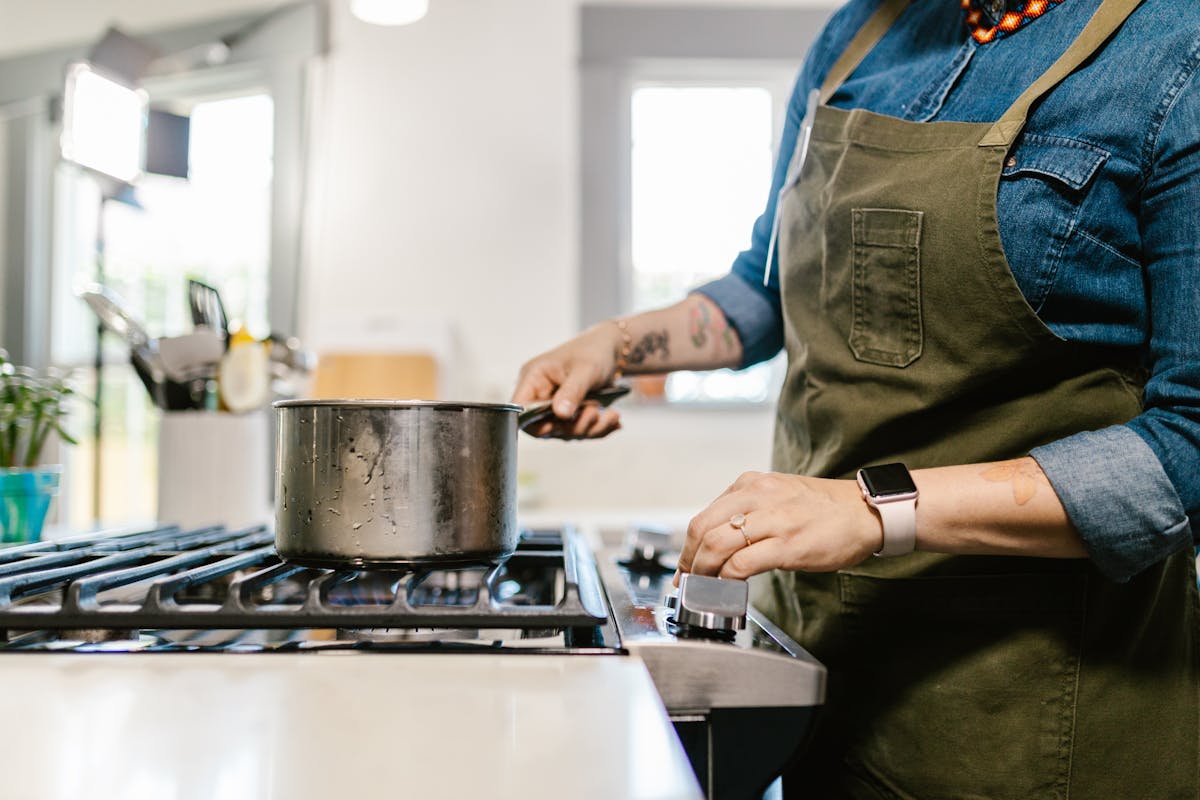National Weather Agency Blames Home-Cooked Meals for Worsening Ozone Pollution Over Los Angeles
Researchers with the National Oceanic and Atmospheric Administration claim that if you can smell food cooking, it’s probably impacting air quality.

Move over cars. A new scapegoat for ozone pollution could be those wonderful smells emanating from stovetops and ovens across the country.
Government researchers are now blaming the oils and fats used for cooking food for more than a quarter of the ozone pollution in the air over Los Angeles.
A report by the National Oceanic and Atmospheric Administration claims the issue is from volatile organic compounds emitted when cooking food. The ozone pollution they produce is roughly equal to the amount of ozone produced by cars and trucks, the agency claims.
If you can smell the food cooking, there’s a good chance it’s impacting air quality, the researchers say.
According to NOAA, the volatile compounds are one of the two ingredients necessary for creating ground-level ozone toxic to humans, animals, and plants in high concentrations. Ozone is formed in the atmosphere when the compounds react with nitrogen oxides, which are primarily generated by vehicle exhaust.
Researchers used Los Angeles for its research because it has some of the worst air quality in the country. Air quality improvements had leveled off despite reduced emissions from cars and trucks.
Analysis of air sampling showed that the compounds — a byproduct from cooking oils and fats — from cooking were higher in downtown areas where there were a lot of restaurants.
“Investigating these emissions is necessary to understand our changing urban VOC mixture, and for developing strategies that could be used to reduce ozone pollution,” the study’s lead author, Chelsea Stockwell, who is a research chemist at NOAA’s Chemical Sciences Laboratory, said. “Ultimately, more research will be needed to get a better grasp on whether cooking odors affect ozone pollution in other cities.”
A mobile laboratory and ground site tests at Los Angeles were used for the study. Similar tests were carried out at Las Vegas in 2021. About 21 percent of the total mass of human-caused volatile organic compounds present in the air over Las Vegas were from cooking activities, according to NOAA.
The researchers noted that previous studies on indoor air quality found that the thermal breakdown of oils and fats from cooking had released emissions in home kitchens as well.
The researchers didn’t suggest restaurant closures or eliminating cooking foods but said pollution from them was a “blind spot” when it comes to urban ozone production.
